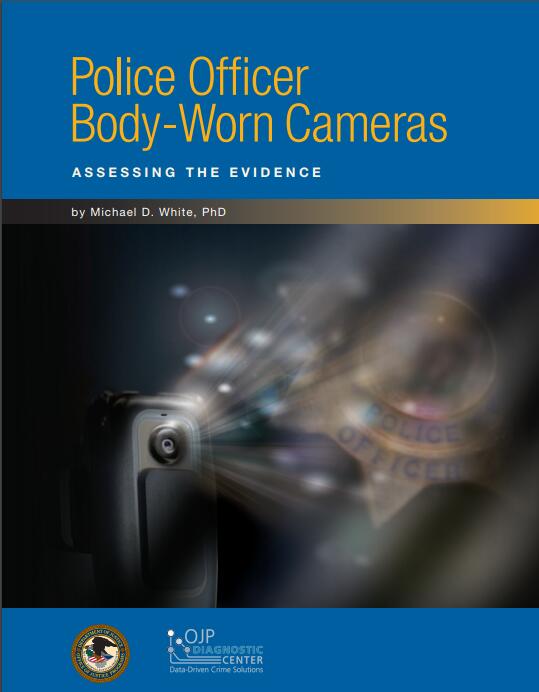Police Officer Body-Worn Cameras: Assessing the Evidence
The goal of this publication is to provide law enforcement agencies, researchers, and other interested parties with a comprehensive, objective resource that describes the key issues to consider with the technology, that outlines the perceived advantages and limitations of the technology, and that assesses the body of empirical evidence supporting or refuting those claims. The publication is divided into several major sections. The first section includes a discussion of the methodology employed for this review, as well as brief descriptions of available reports and resources that are useful for understanding body-worn camera technology. This section also provides an overview of the empirical studies that have tested officer body-worn cameras, as well as a summary of the perceived benefits and concerns with the technology. The empirical evaluations, which vary in methodological rigor and independence (e.g., internal agency reviews), serve as the foundation for the current knowledge base on body-worn camera technology.
The next two sections examine the benefits and drawbacks identified by advocates and critics of the technology and include descriptions of available empirical evidence to support or refute those claims. The last section summarizes the evidence on the technology’s impact and outlines a series of recommendations for next steps to assess and understand the future of body-worn cameras in law enforcement.
Overall, this review provides a comprehensive discussion of the issues and evidence surrounding officer body-worn cameras. The review also provides a framework that will allow law enforcement agencies to consider the full range of issues regarding adoption of the technology.
Documents:
|
|
